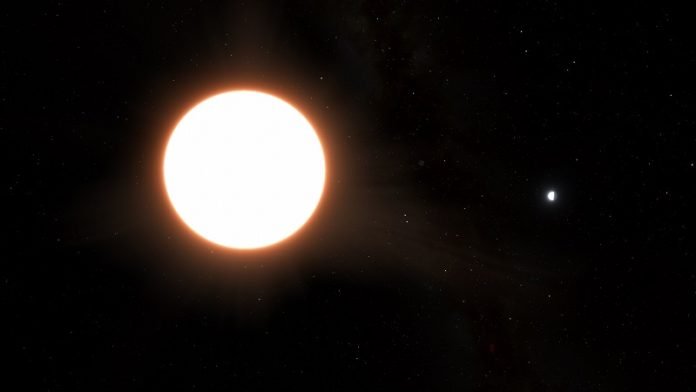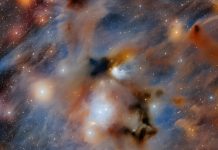
Our night sky is a treasure trove of celestial objects, with the brightest one (besides the Moon) being Venus, which gleams so brilliantly because it reflects around 75% of the Sun’s light.
Earth, in comparison, only reflects about 30% of the sunlight that hits it. But, did you know that scientists have now found an exoplanet that outshines even Venus?
This exoplanet, called LTT9779 b, reflects a staggering 80% of its star’s light!
This fantastic discovery was made by the European Space Agency’s Cheops mission.
Cheops’ precise measurements helped in understanding this exoplanet better after its initial discovery in 2020 by NASA’s TESS mission and some other ground-based instruments.
You might be wondering what makes LTT9779 b shine so brightly. Well, it’s because it’s cloaked by metallic clouds that act like a gigantic mirror, reflecting most of the light that falls on it.
These clouds are mainly made of silicate – the same stuff that sand and glass are made of – along with some metals like titanium.
The exoplanet is about the size of Neptune, making it the largest “mirror” we know of in the universe!
The percentage of light an object reflects is known as its ‘albedo’. LTT9779 b has a high albedo, which is surprising considering its hot surface temperature of around 2000 °C. You’d think that would be too hot for clouds to form, but these metallic clouds can withstand the heat.
Vivien Parmentier, a researcher who was part of the team that studied this planet, compares it to a hot, steamy bathroom where the air is so saturated with vapor that it forms clouds.
Similarly, despite the scorching temperature, the atmosphere of LTT9779 b is so saturated with silicate and metal vapours that it forms clouds.
But, this planet’s shiny surface is not its only intriguing characteristic. It belongs to a group of planets known as ‘ultra-hot Neptunes’, but what’s unusual about LTT9779 b is its close proximity to its star. This places it in a region astronomers refer to as the ‘hot Neptune desert’.
Scientists previously believed that planets like LTT9779 b, which are so close to their stars, would have their atmospheres blown away, leaving only a bare rock.
However, the metallic clouds of LTT9779 b help it survive by reflecting the star’s light, preventing it from overheating and evaporating, and also making the planet’s atmosphere heavy and harder to disperse.
To study LTT9779 b, scientists had to observe it when it moved behind its star, looking for changes in light signals.
Cheops’ precision and continuous coverage were vital for this observation. Researchers now look forward to studying this shiny exoplanet more using the Hubble and James Webb space telescopes.
So, what’s next in the world of exoplanet research? Well, Cheops is just the first of a trio of dedicated exoplanet missions.
It will soon be joined by Plato in 2026, focusing on Earth-like planets, and Ariel in 2029, specializing in studying exoplanet atmospheres. The future of space exploration looks pretty bright, just like our new shiny cosmic neighbor, LTT9779 b!
The study was published in Astronomy & Astrophysics.
Follow us on Twitter for more articles about this topic.



